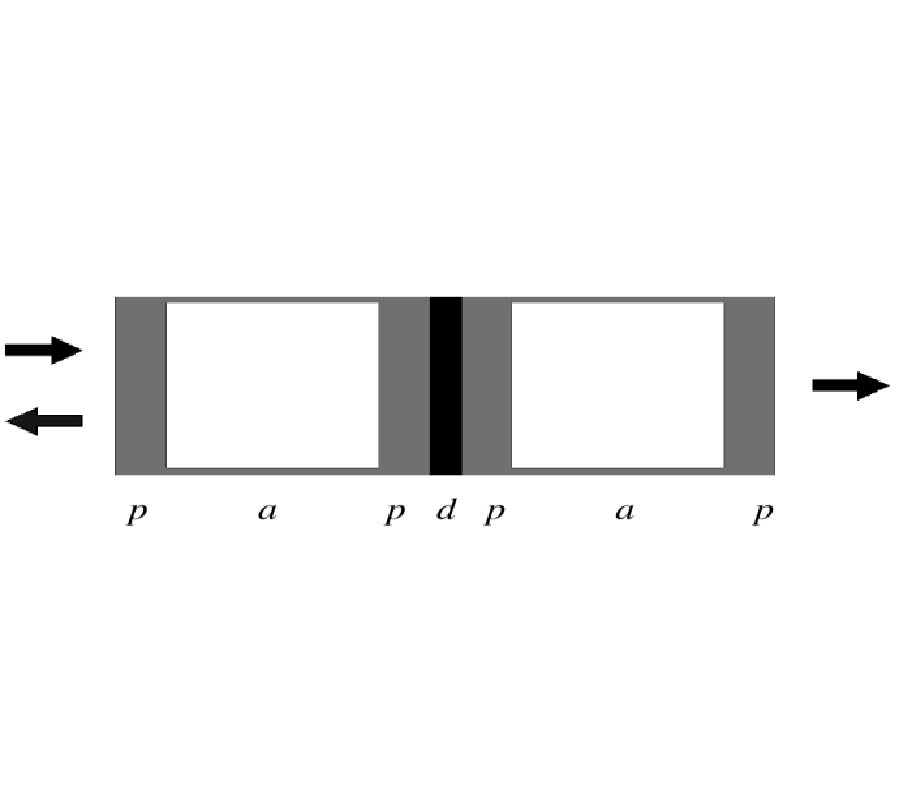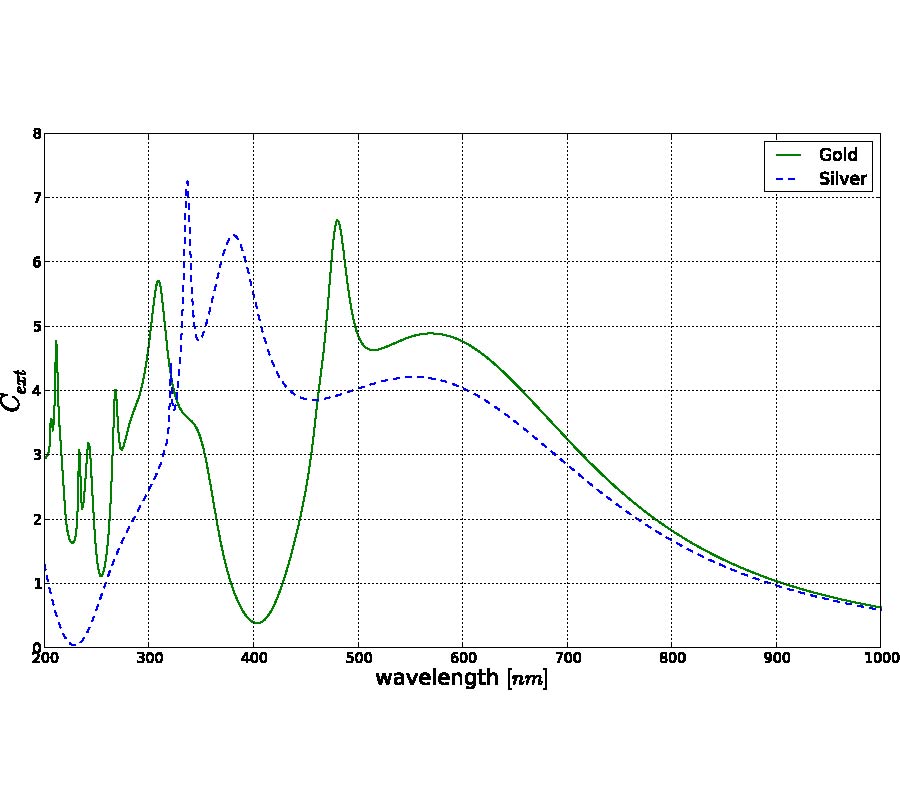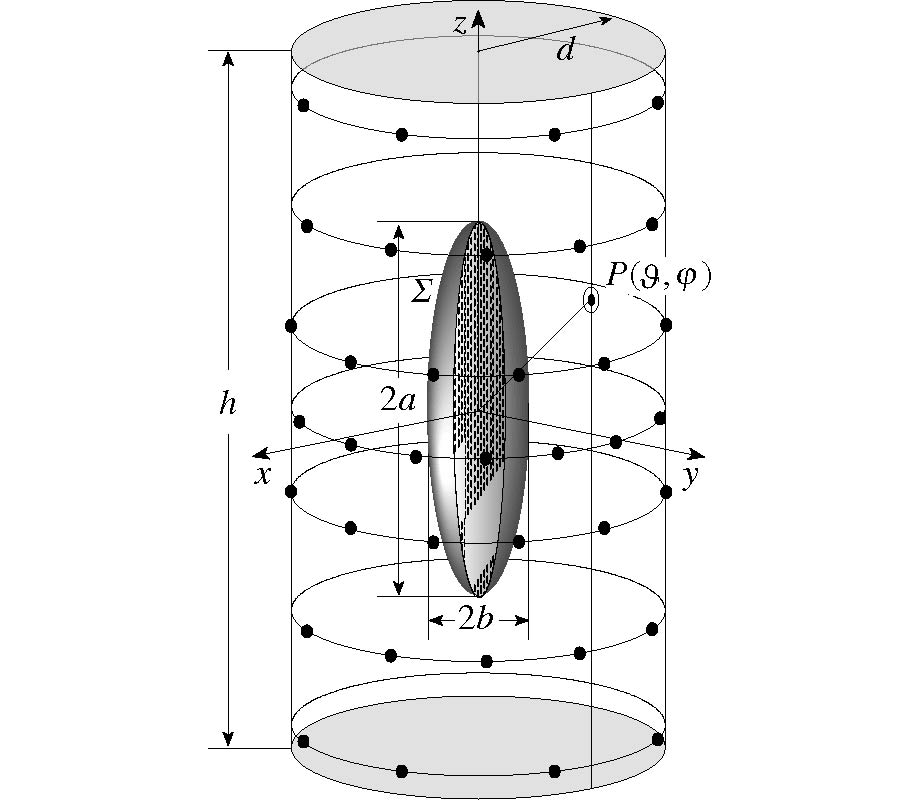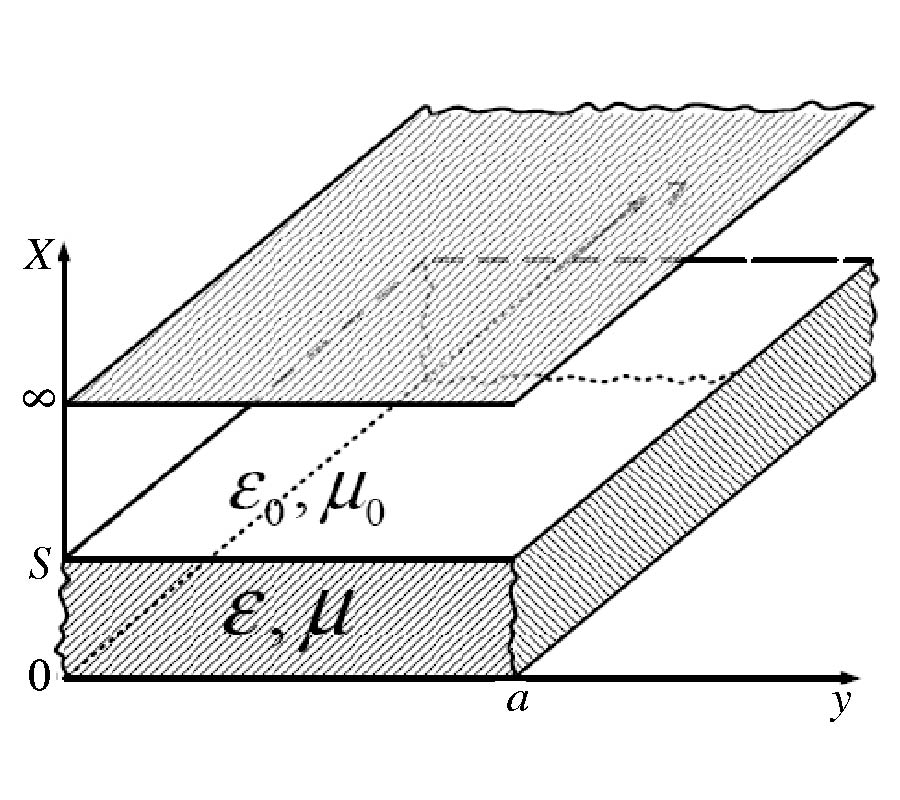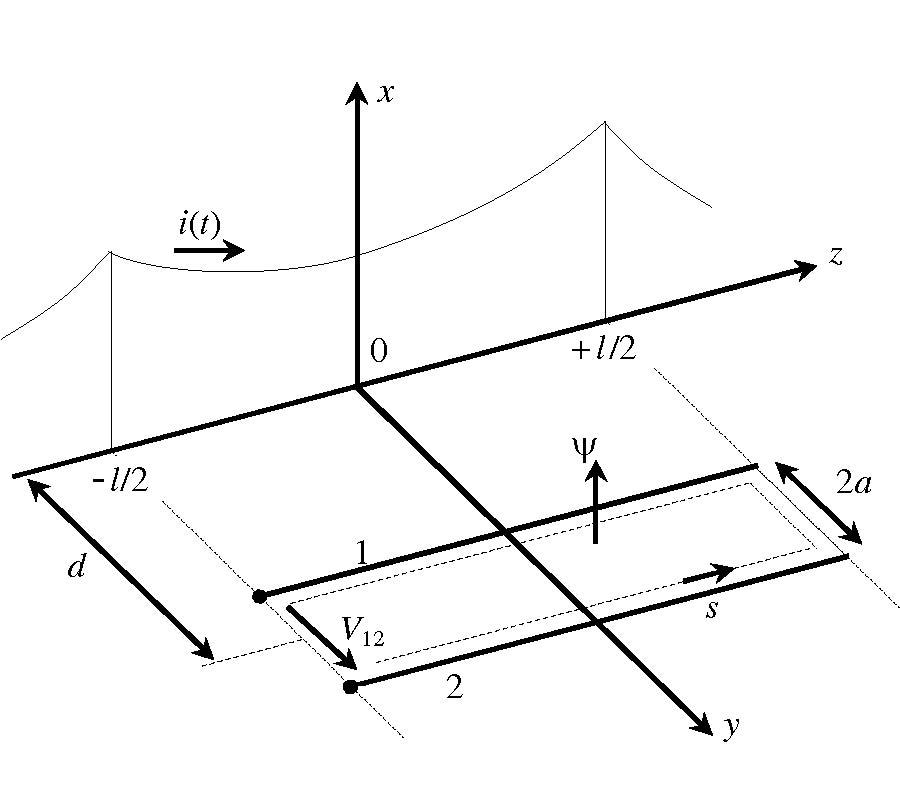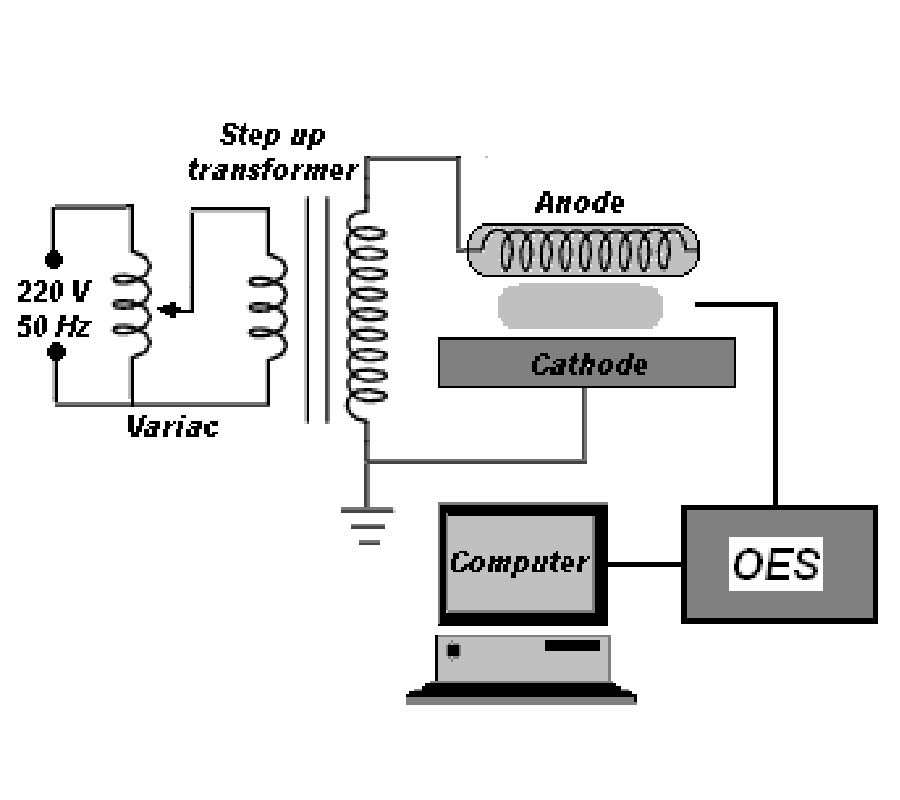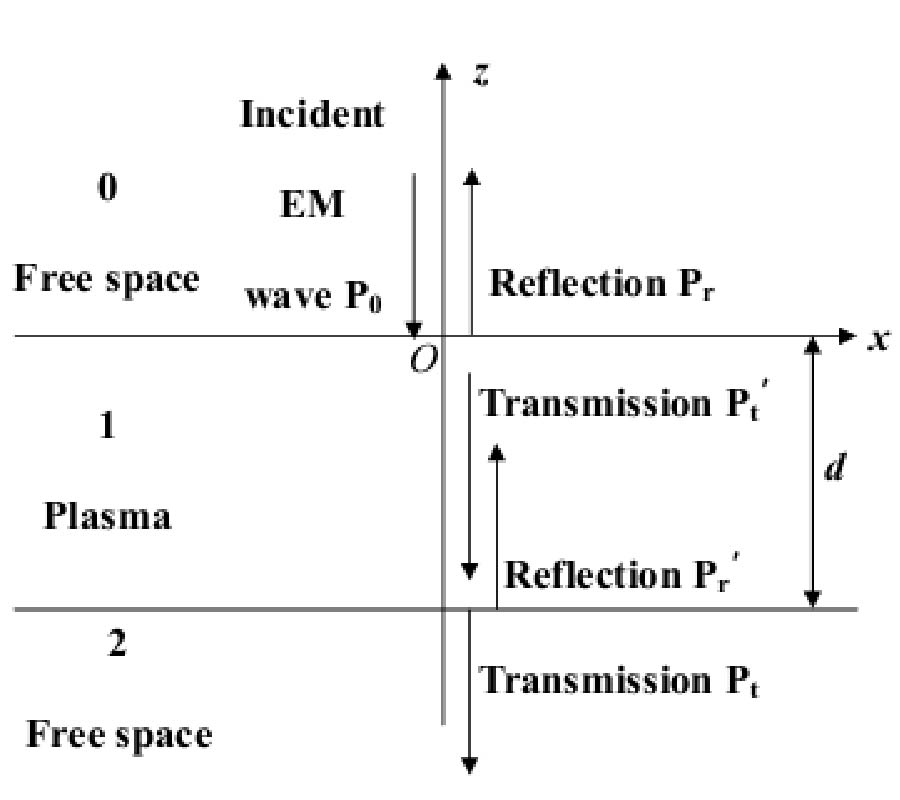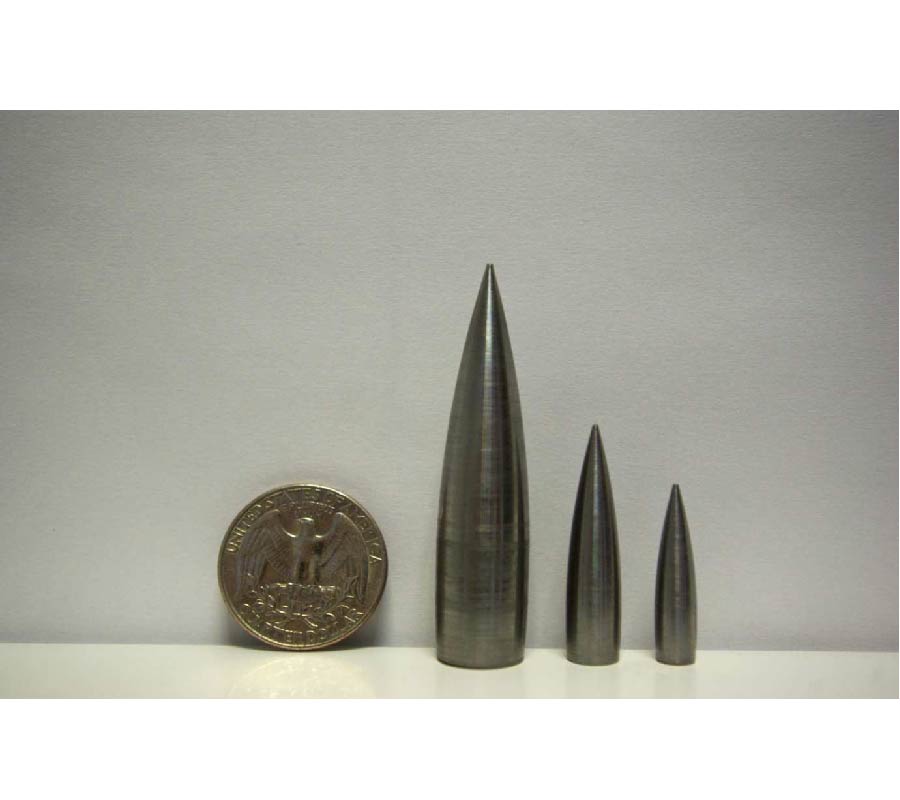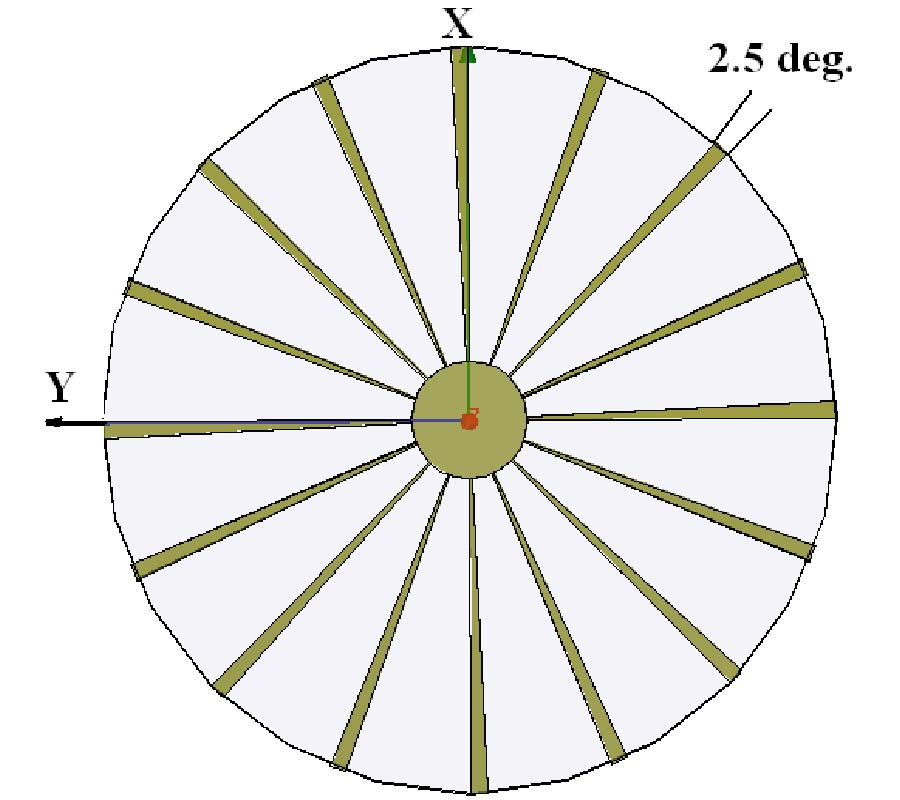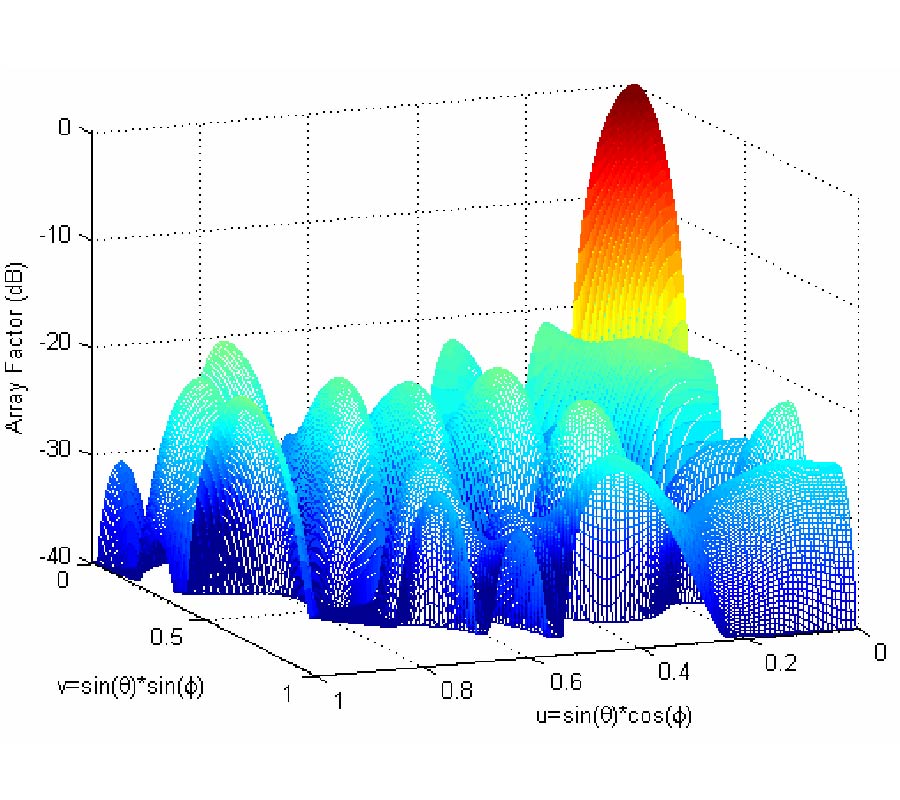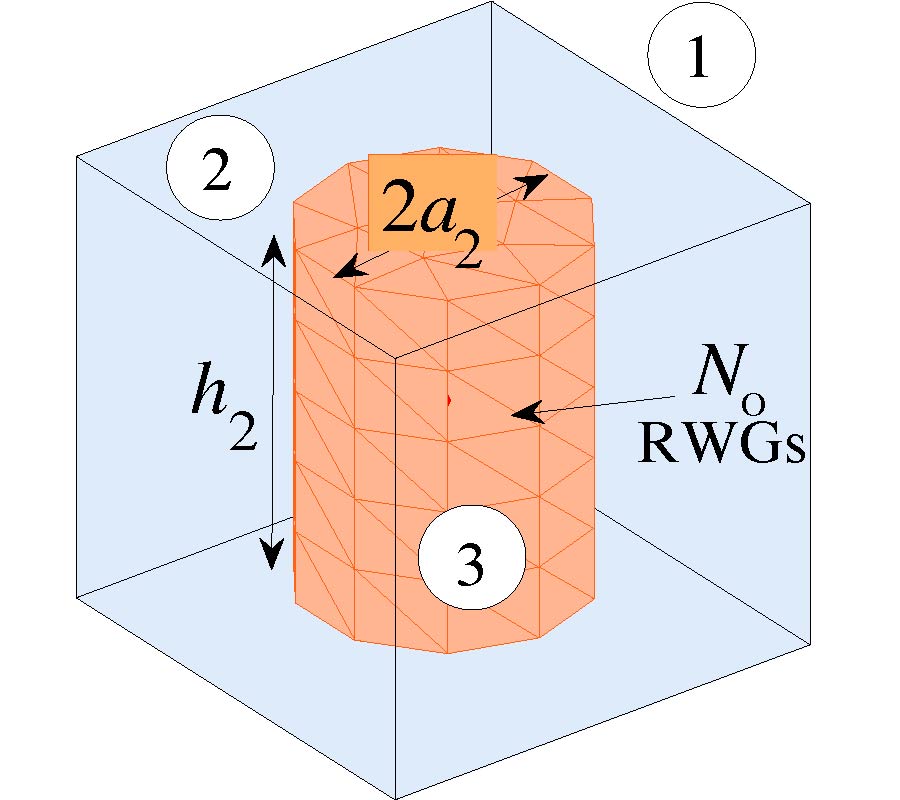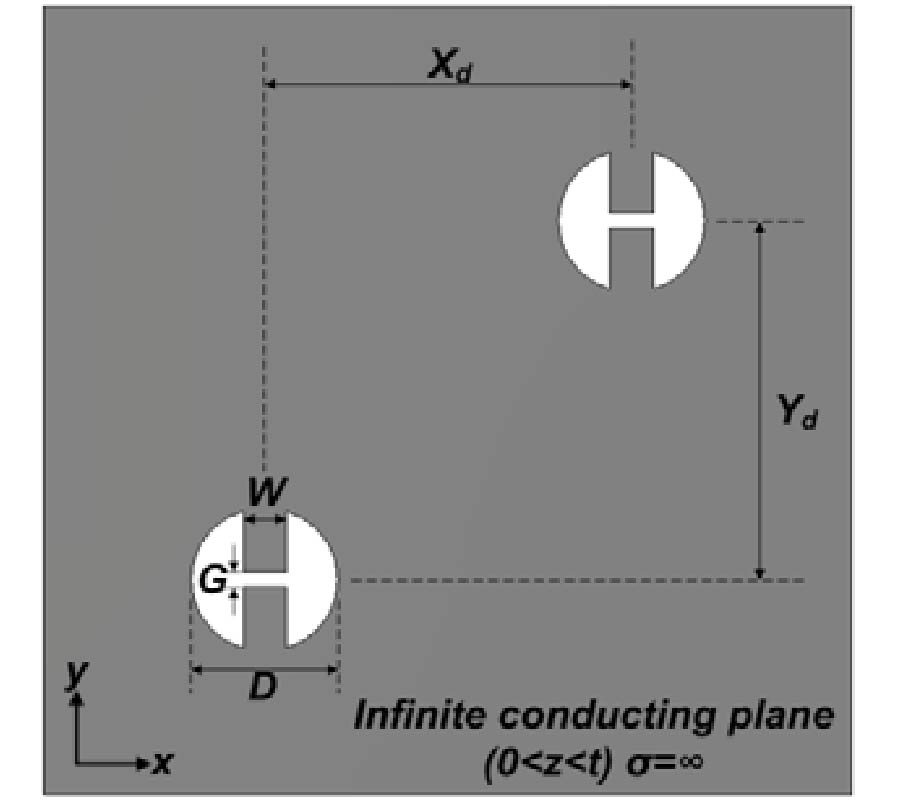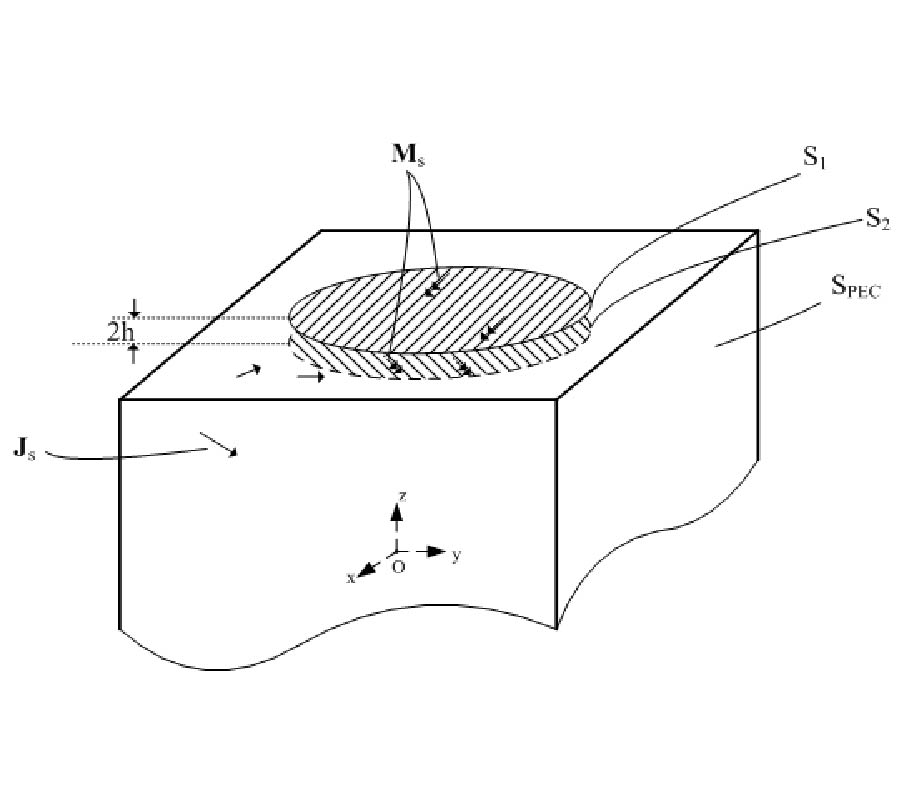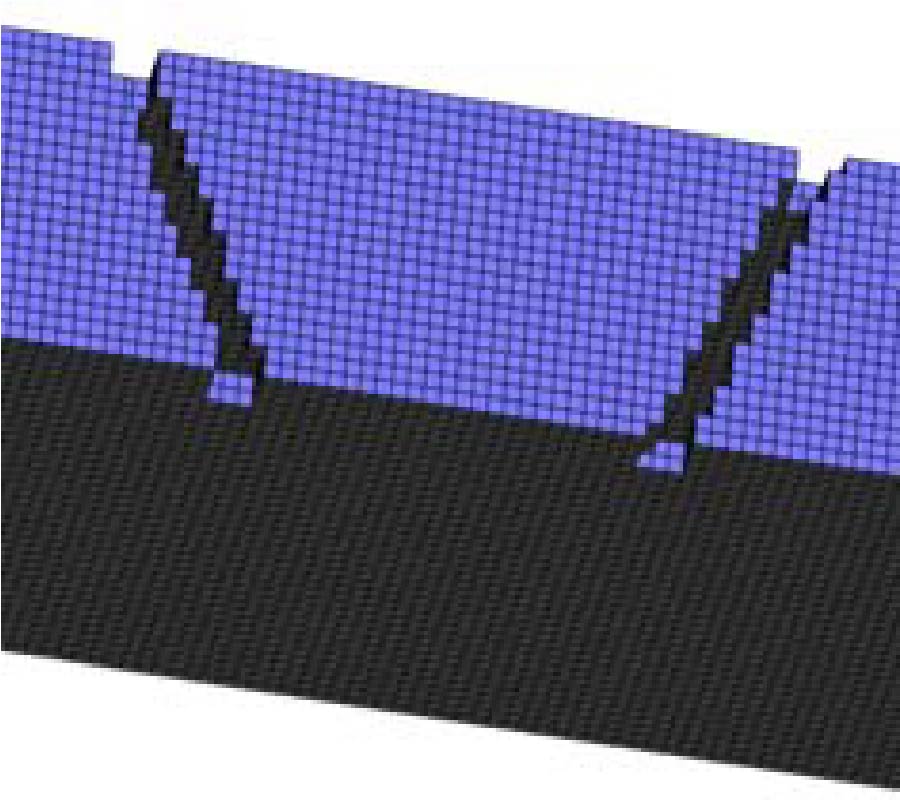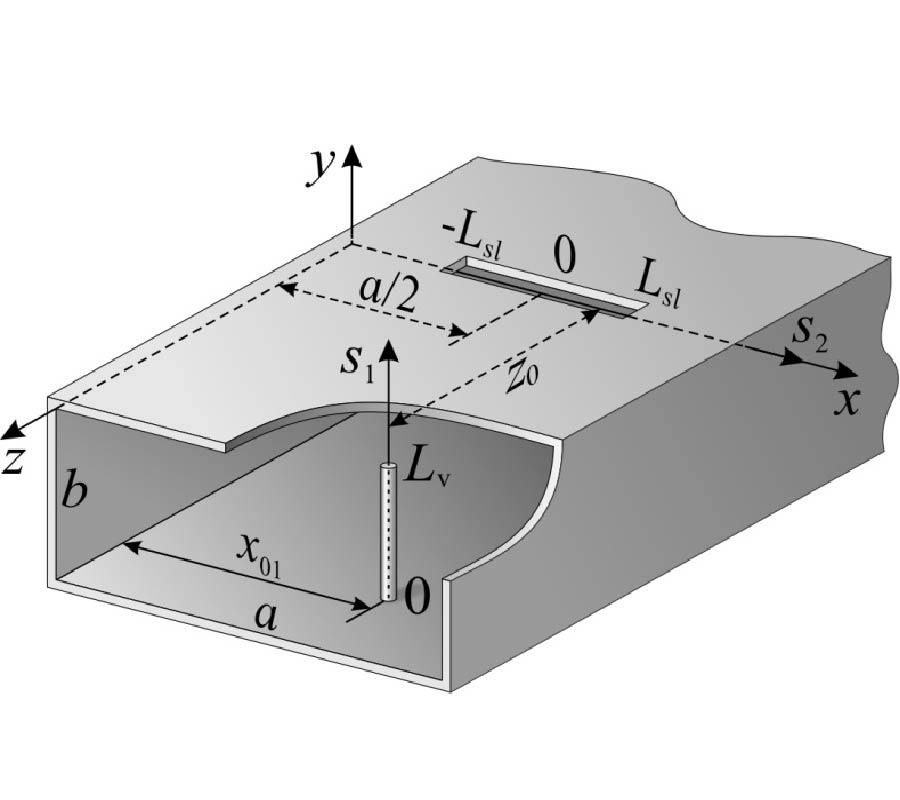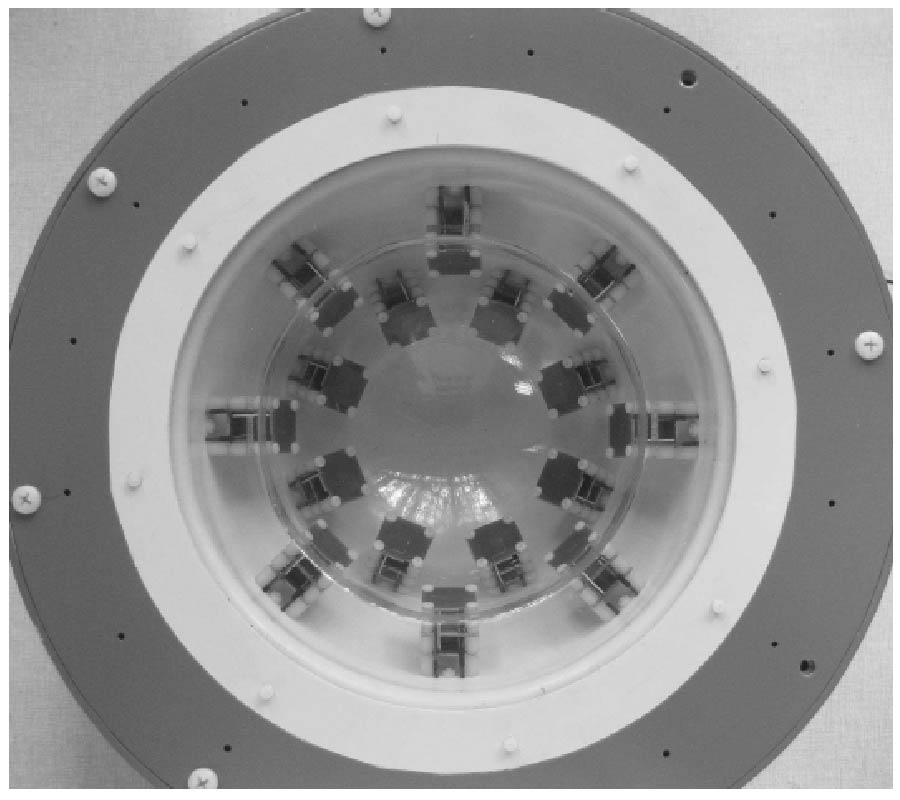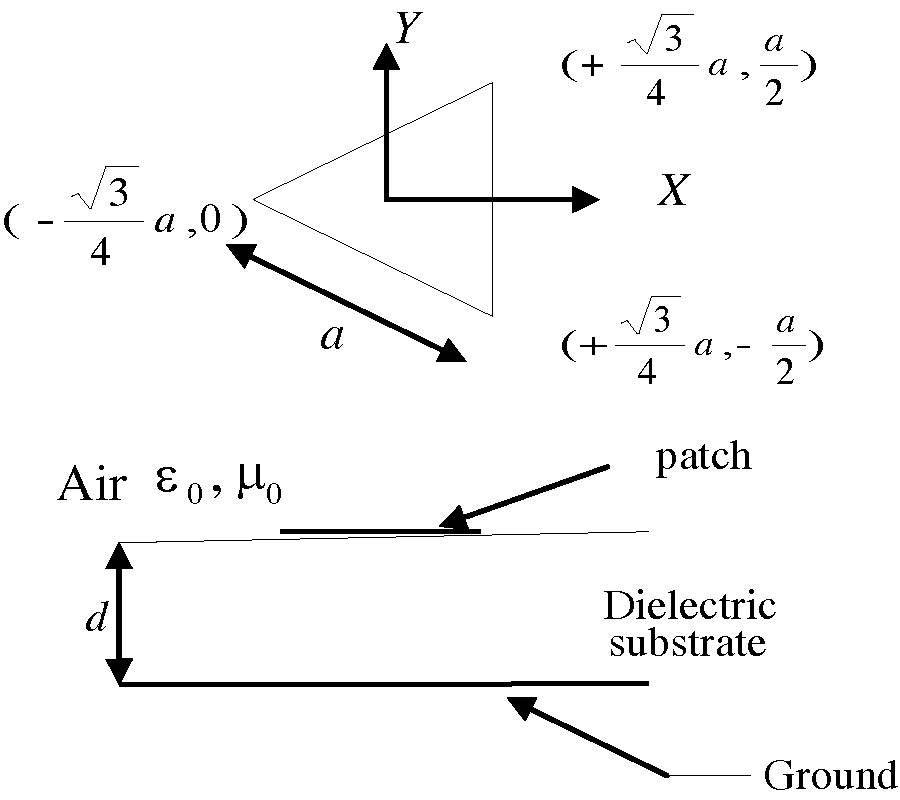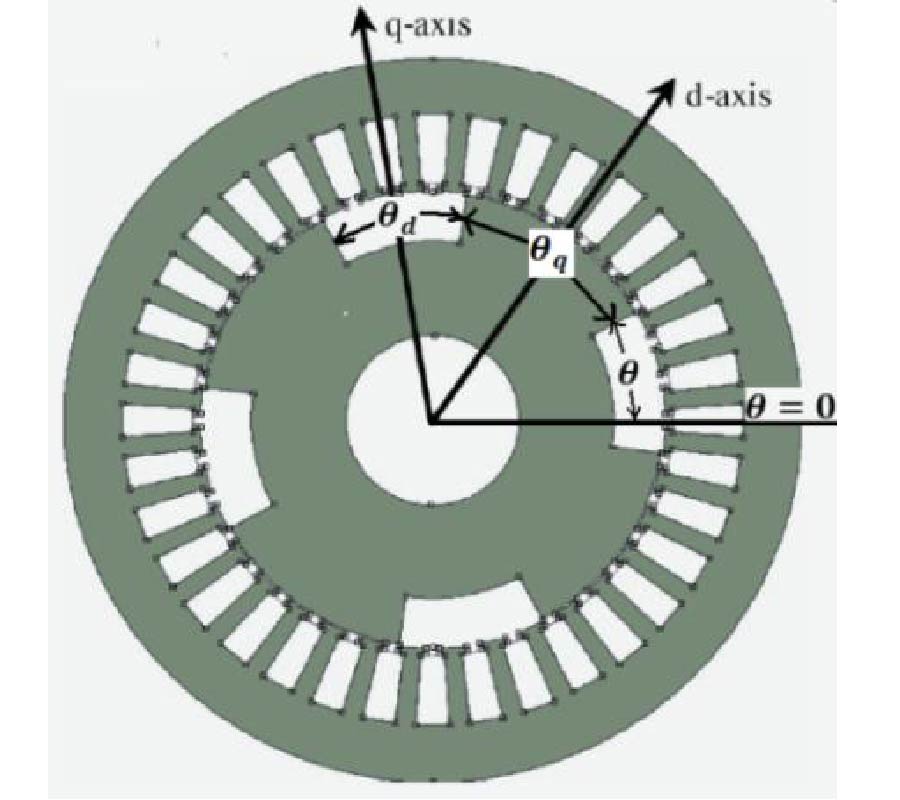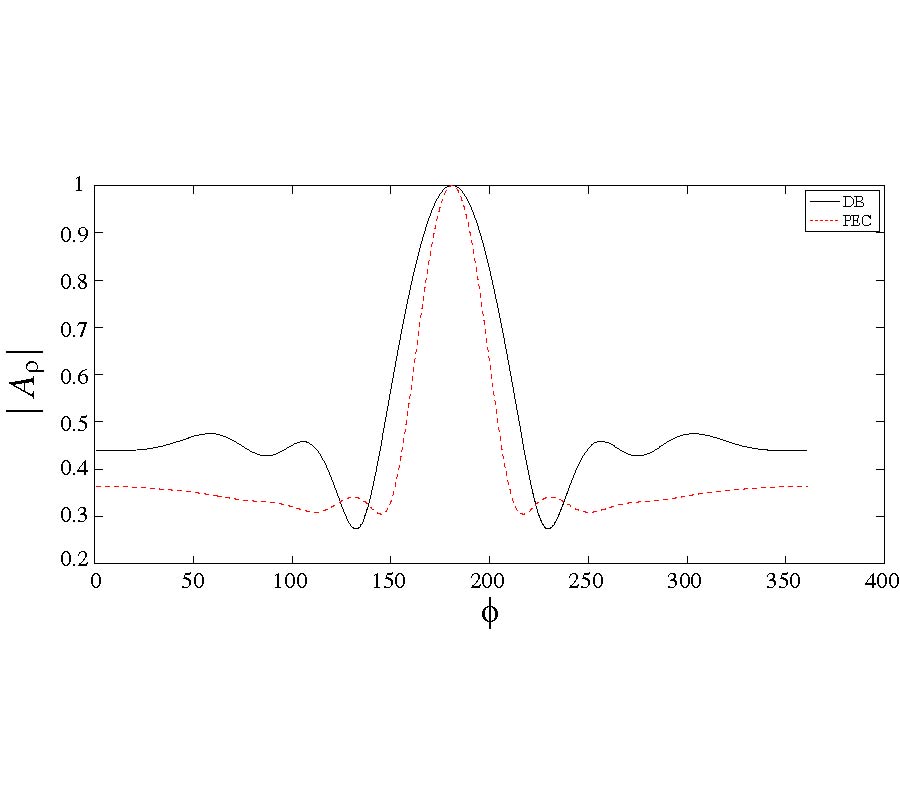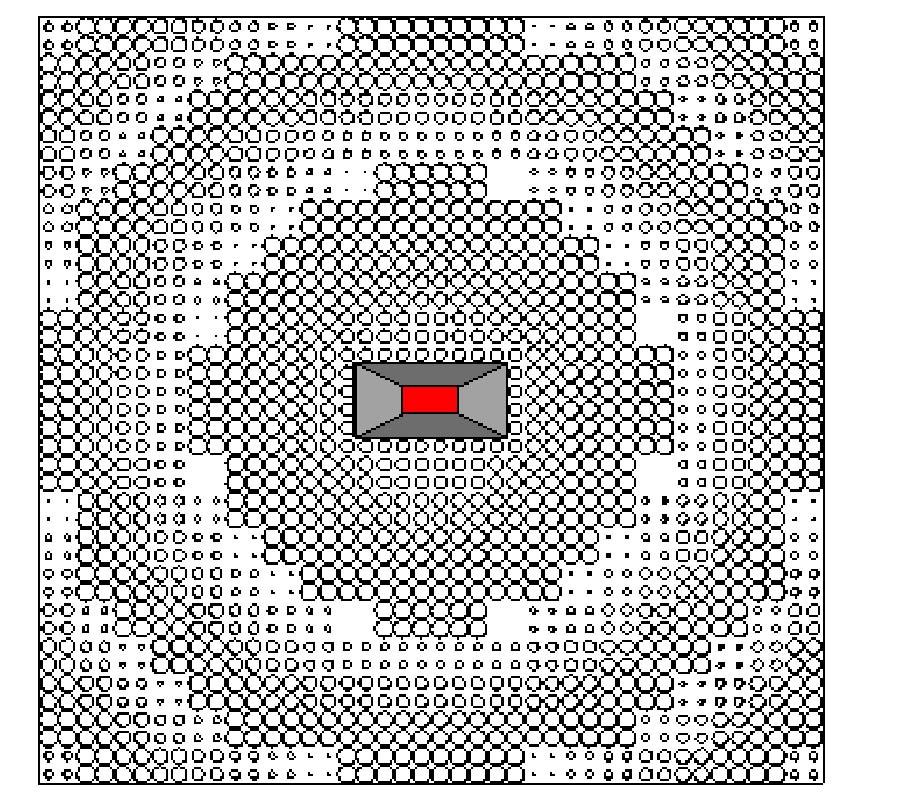2012-06-11 Latest Published
By Vladimir Borisovich Yurchenko
Progress In Electromagnetics Research M, Vol. 24, 265-279, 2012
Abstract
A high-Q reflection notch method for measuring large dielectric losses in absorbing materials when using a stack resonator, which is a one-dimensional analogue of a capillary-in-a-waveguide technique, has been proposed. A detailed explanation of the effects that lay the basis of the method has been presented. The method is particularly accurate and sensitive for highly absorbing materials when other techniques are inadequate. The method can be used for dielectric spectroscopy of a broad range of liquid and solid materials, with applications in chemical, pharmaceutical and food industry, biomedical sciences, agriculture etc, in those frequency bands of infrared, millimeter wave and, especially, THz waves where dielectric losses are significant.
